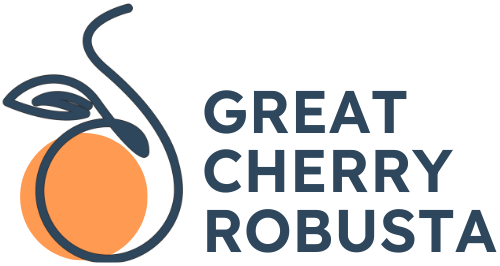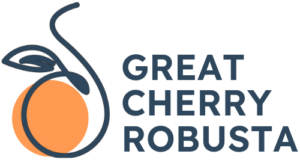Our growing region and facility are located in Cư M’gar, Đắk Lắk, Vietnam. We have a representative office in Sydney, Australia.
We collaborate with approximately 400 farmers.
October – December: Proposals and agreement on quantities and pricing
December – January: Production based on secured volumes
From February onwards: Delivery of orders
Towards the end of harvest, the coffee cherries are at their optimal sweetness (Brix), helping us achieve the highest possible quality.
Our current facility can handle around 250 tonnes, with 80% Honey-processed and 20% Natural-processed robusta.
We pay based on the C price plus a premium based on the quality.
C price + farmer’s premium + processing fee (depending on the variant) + our margin.
Our robusta is a mix of the native species (Sẻ) and TR4, with Se accounting for the majority. Sẻ varietal tends to be smaller in size (the natural harvest ratio is S14:16:18 = 40%:45%:15%) and lower in yield compared to newer, higher-yielding varietals. However, the coffee characteristics are unique and pleasing to many specialty coffee roasters across Australia, Europe, and America.
Since this coffee is of high value and doesn’t appeal to the mass market, we typically don’t offer spot coffee but forward contract with our partners during each harvest season.
No, we don’t. We focus on Honey and Natural processes (anaerobic and non-anaerobic).
Yes, we do. However it’s tiny. The majority of our coffee cherries come from other farms in the region.
Not necessarily. The key is to control the temperature since we don’t want the coffee to dry too fast. When it’s very hot, the temperature inside greenhouses can be even higher than the outside, making the coffee dry too quickly if we keep it in greenhouses. In that instance, we will move the coffee outside.
Yes, we source our coffee cherries exclusively in the region of Cư M’gar, Đắk Lắk, Vietnam.

